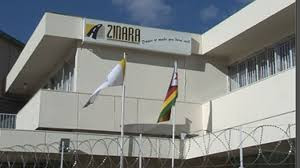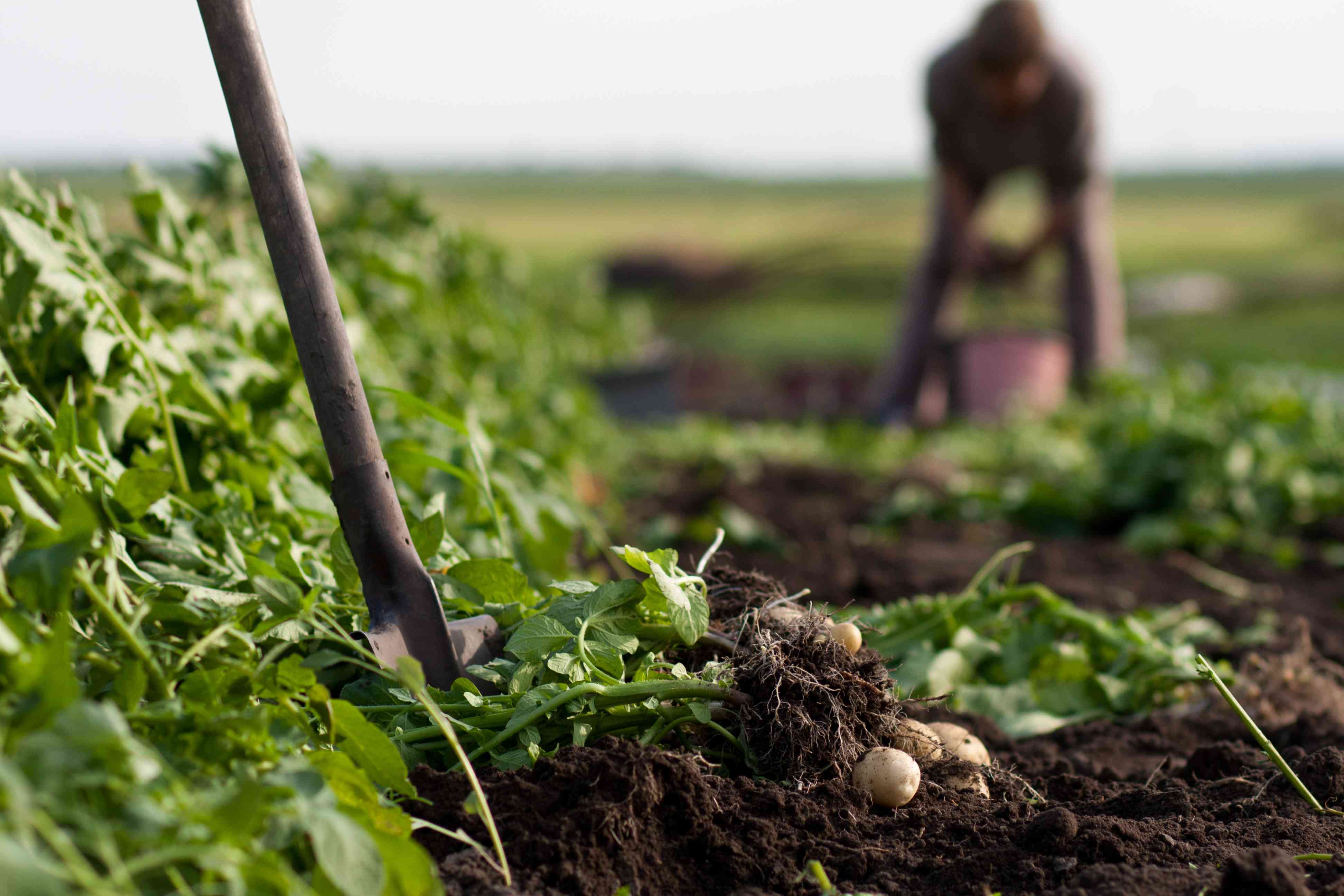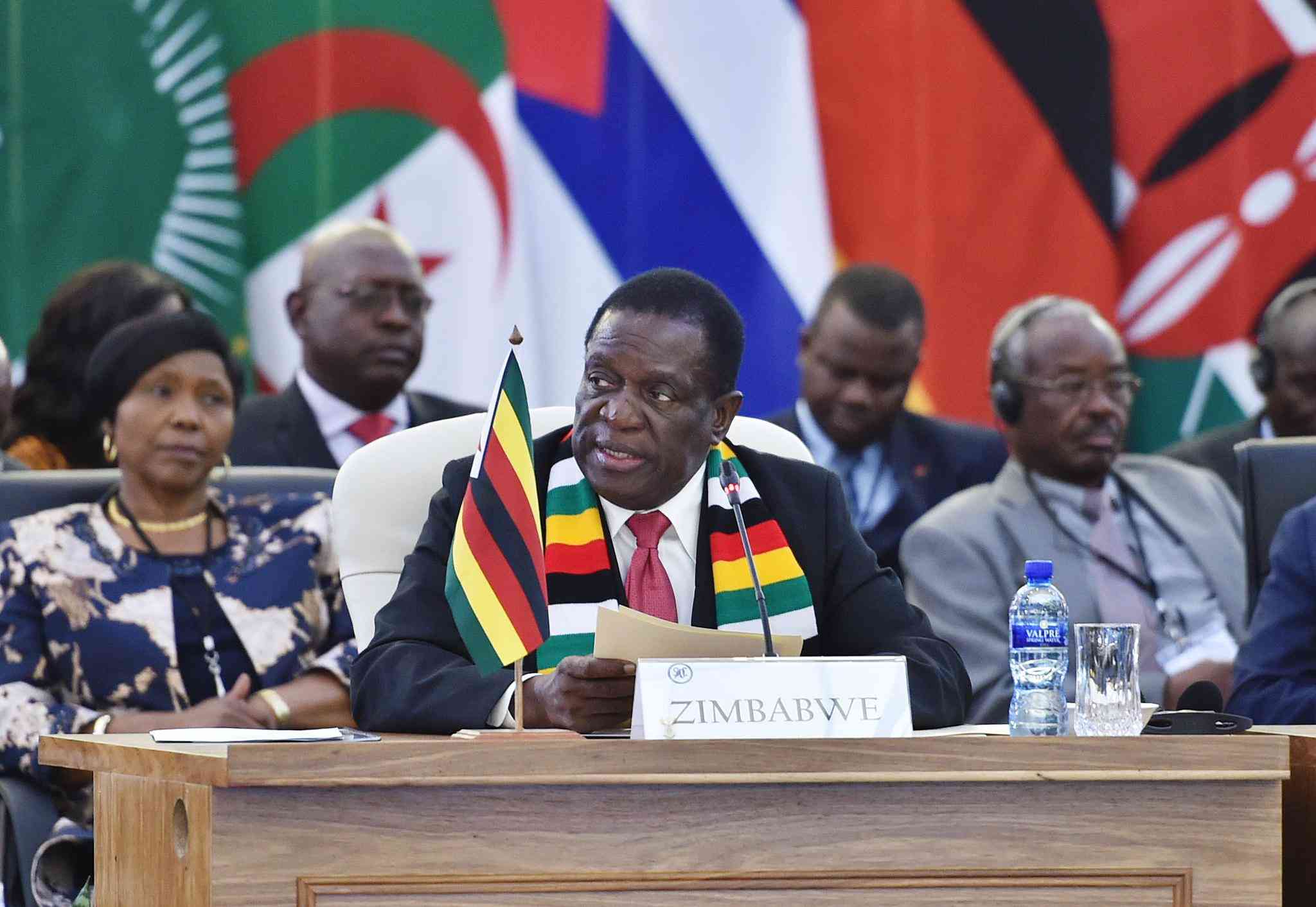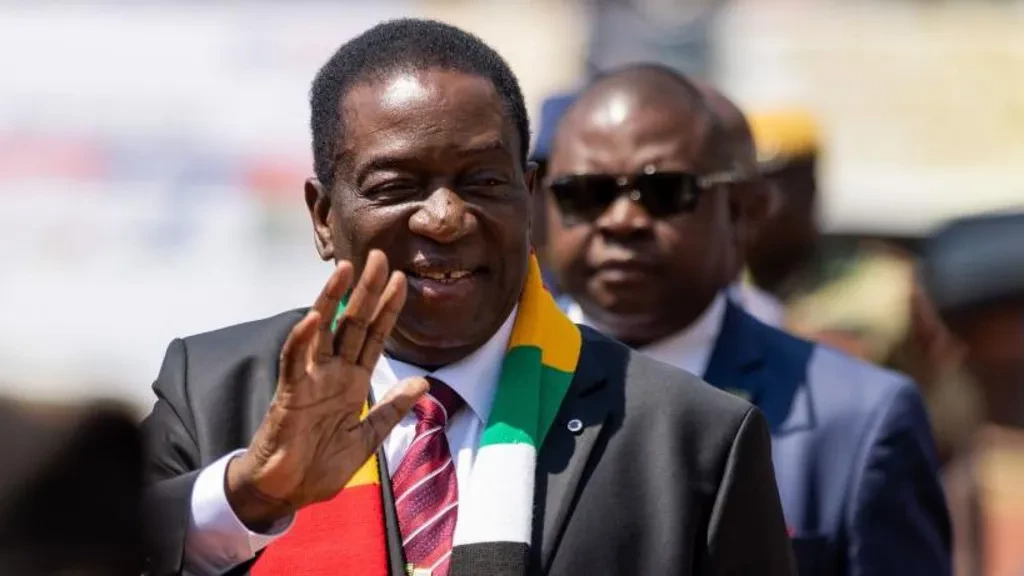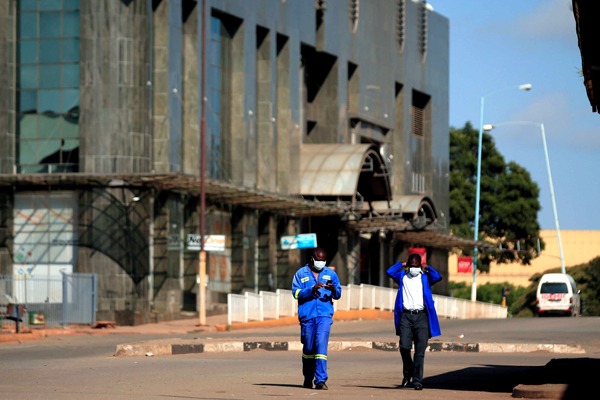
Paidamoyo Muzulu AFTER all the political dust of March 26 by-elections has settled, Zimbabwe will have to brace with the damage wrought by COVID-19 to the economy.
The country’s road to recovery will be long and arduous if the Tuesday post-Cabinet statement and International Monetary Fund (IMF) Staff Monitoring Programme report are anything to go by.
In a rare peek into the economic turmoil besieging Zimbabwe despite the brave face of the regime in the last three years, Cabinet finally gave the public a glimpse of the malaise — statistics related to tourism.
Tourism has for a long time been Zimbabwe’s third largest foreign currency earner after minerals and agriculture exports. The country’s exclusive safari lodges and pristine national parks have attracted the who is who of the wealthy and big spenders.
However, tourism was the first casualty of COVID-19 pandemic as air travel was largely curtailed to combat the spread of the flu-like virus. Many tourism resorts were closed and revenue streams dried up.
On Tuesday, a post-Cabinet statement revealed the extent of the damage to the sector in Zimbabwe.
“The tourism industry was adversely affected by the COVID-19 pandemic in 2020 and 2021, mainly from lockdowns, red listing and travel bans, resulting in the loss of 9 000 jobs as well as closure of 37 facilities,” Cabinet said.
These are startling figures, even though they sound conservative. It means more people are now out of formal employment. This is besides the fact that those still lucky to be employed are earning far below the ZimStats poverty datum line of about $70 000 a month.
- Chamisa under fire over US$120K donation
- Mavhunga puts DeMbare into Chibuku quarterfinals
- Pension funds bet on Cabora Bassa oilfields
- Councils defy govt fire tender directive
Keep Reading
This is clearly captured in the IMF SMP report on Zimbabwe released Thursday.
It is important at this juncture to unpack what SMP is.
It is an economic restructuring programme agreed between a State and the IMF, a slight variation of its unpopular Economic Structural Adjustment Programme (Esap) that was dumped at the turn of the century.
These are a set of economic targets on public debt, investments, cuts in government expenditure and the deregulation of the forex markets.
On a balance of probabilities, it leaves a healthy economy on paper but has a devastating impact on the lives of the poor and vulnerable.
These measures, in simple terms, look at government wage bill, free market economics, cuts on social spending and privatisation of State-owned enterprises.
Social spending is an euphemism for privatising public services like education, health, transport, water and energy. These have a huge impact on the lives of the poor and working class. In simple terms, it leads to poverty growing among the citizens, but creates billions for the wealthy.
The Bretton Woods institution noticed widening poverty and spiralling inflation wreaking havoc on ordinary people’s lives.
The IMF in its report said: “. . . high double-digit inflation and wide parallel foreign exchange market premia have persisted. Poverty has risen and about a third of the population is at risk of food insecurity.”
This needs unpacking.
Zimbabwe’s inflation is now above 50% and this is despite that the economy is partially dollarised. The exchange rate against the green back has moved to US$1:$270 from US$1:$2 in less than three years.
It is worrying that a third of Zimbabwe’s population, a significant five million people, face food insecurity and unlike in the past now urban poverty is on the rise.
The IMF also noted that COVID-19 pandemic has left the economic conditions of the country perilous.
“The effects from the COVID-19 pandemic and protracted drought have compounded existing structural constraints and would lead to scarring on the economic outlook,” it said.
It is now an open secret that the 2021/22 agriculture season is bad and Zimbabwe will have to import maize, the staple food if starvation is to be averted.
The IMF comes up with a ratchet of solutions for the economic malaise and most of them are the painful type and austerity could be back and more lethal than in 2019.
They emphasised the need to enhance revenue mobilisation, including through broadening the tax base and improving tax administration and compliance.
On the spending side, accelerating reforms of State-owned enterprises and enhancing fiscal controls will be critical to limit fiscal risks.
Let’s for a moment see what these solutions mean in simple words.
The government is expected to broaden the tax base and improve tax administration and compliance. It means Treasury should come up with new taxes or increase the existing ones in a country with above 80% unemployment in the formal sector.
Zimbabwe should brace for higher tax on mobile transactions. This is the easier option for Treasury as tax administration and compliance will need more time and resources to put in place.
Like under Esap, privatisation is still in the top three of solutions proffered to struggling economies. It is important to note that the privatisation agenda, like in Russia, will create oligarchs. Moreover, privatisation of State-owned companies will come with increased cost of services as investors try to recoup their investments or others just buy for speculative purposes.
Zimbabwe is in the lurch and the IMF is not making it any better by proffering neoliberal solutions to a country that needs to feed and educate its population. The road to recovery will be long and painful.


